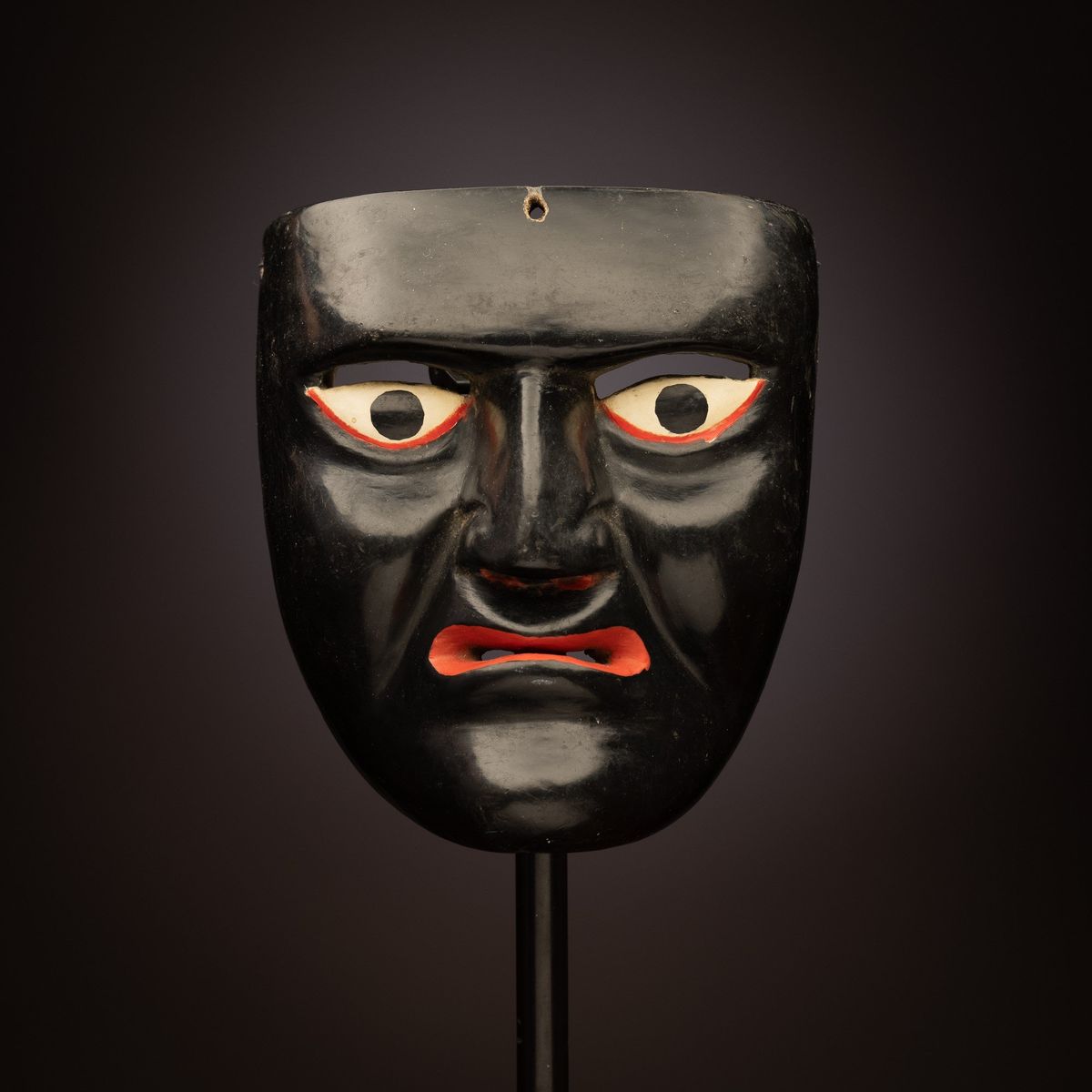‘Dancing with Life: Mexican Masks’ exhibition opens at the MAC

Used in street parades, festivals, religious dramas and skits for centuries, performance and dance masks are an enduring part of contemporary Mexican culture.
Opening this weekend at the Northwest Museum of Arts and Culture, “Dancing with Life: Mexican Masks” will feature a selection of 54 masks, some from the museum’s archives and others acquired specially for the show. Opening Saturday, the exhibition will run through April 16, 2023.
“It’s a very vibrant living, contemporary tradition,” exhibition curator Pavel Shlossberg said. In fact, many of the masks in the MAC’s collection are dated from the past 50 years.
Since his first research trip to Mexico – a two-year stint spent in and around Michoacan – Shlossberg has been visiting and studying with local mask artists for nearly 20 years, often dabbling in the art form himself along the way. His most recent trips allowed him to interview artists responsible for creating several of the masks included in the exhibition.
There’s a carnival-like atmosphere to mask traditions.
“It’s almost like Mardi Gras – but they also incorporate them into religious stories … and contemporary skits,” Shlossberg said. Masks depicting politicians and pop-cultural figures from George W. Bush to Pennywise are common.
“It’s kind of a Mexican version of a ‘Saturday Night Live’ skit, all wrapped together in a very lively and colorful and engaging and irreverent way,” he said.
When the Museum of Native American Cultures closed in 1991, passing its entire collection – including nearly 500 of these masks – on to the Cheney Cowles Museum (since renamed the Northwest Museum of Arts and Culture), curators knew they’d been gifted something special. But, lacking knowledge of the history and use of the masks, they decided to wait on mounting an exhibition.
Then a few years back, MAC board of trustees member Laurie Arnold – associate professor of history and director of Native American studies at Gonzaga University – was able to connect the museum with Shlossberg.
An associate professor in communications and leadership studies and associate dean in the School of Leadership Studies, Shlossberg has been teaching at GU since 2012. His doctoral thesis, “Crafting Identities: Transnational Indian Arts and the Politics of Race in Central Mexico,” was already familiar to organizers at the MAC.
When they approached him, Shlossberg jumped on board, accepting a contractor position to curate the exhibition.
“There are many different dances and many different mass customs all across Mexico, and it’s impossible to collect or have a copy of every single region,” he said. But “we found that this was pretty comprehensive and reflected a good … cross-section of them. And the masks were in very good condition, so that was terrific.”
In addition to Shlossberg’s selection of masks, the exhibition will also feature other aspects of the tradition including samples of music and stories about performing gathered from contemporary artists.
“This is multi-sensorial experience,” Shlossberg said. “I’m thrilled about really conveying what the dances are about and what that experience is like.”
The MAC will print an exhibition catalog for this show – their first since 2009 – to ensure members of the public are able to revisit the show long after its closing.
Shlossberg hopes the exhibition will leave visitors with a sense of joy and a new appreciation for Mexican cultures and communities.
“One of the wonderful things about these dances – they really are about representing community, reflecting community, the people who are there,” he said. “It’s very participatory, very inclusive … and having these masks and costumes being part of public celebrations – neighbors near and far connect and engage and interact together.”
For information, visit northwestmuseum.org or call (509) 456-3931.
Stephanie Hammett can be reached at (509) 459-5013 or at stephanieh@spokesman.com.